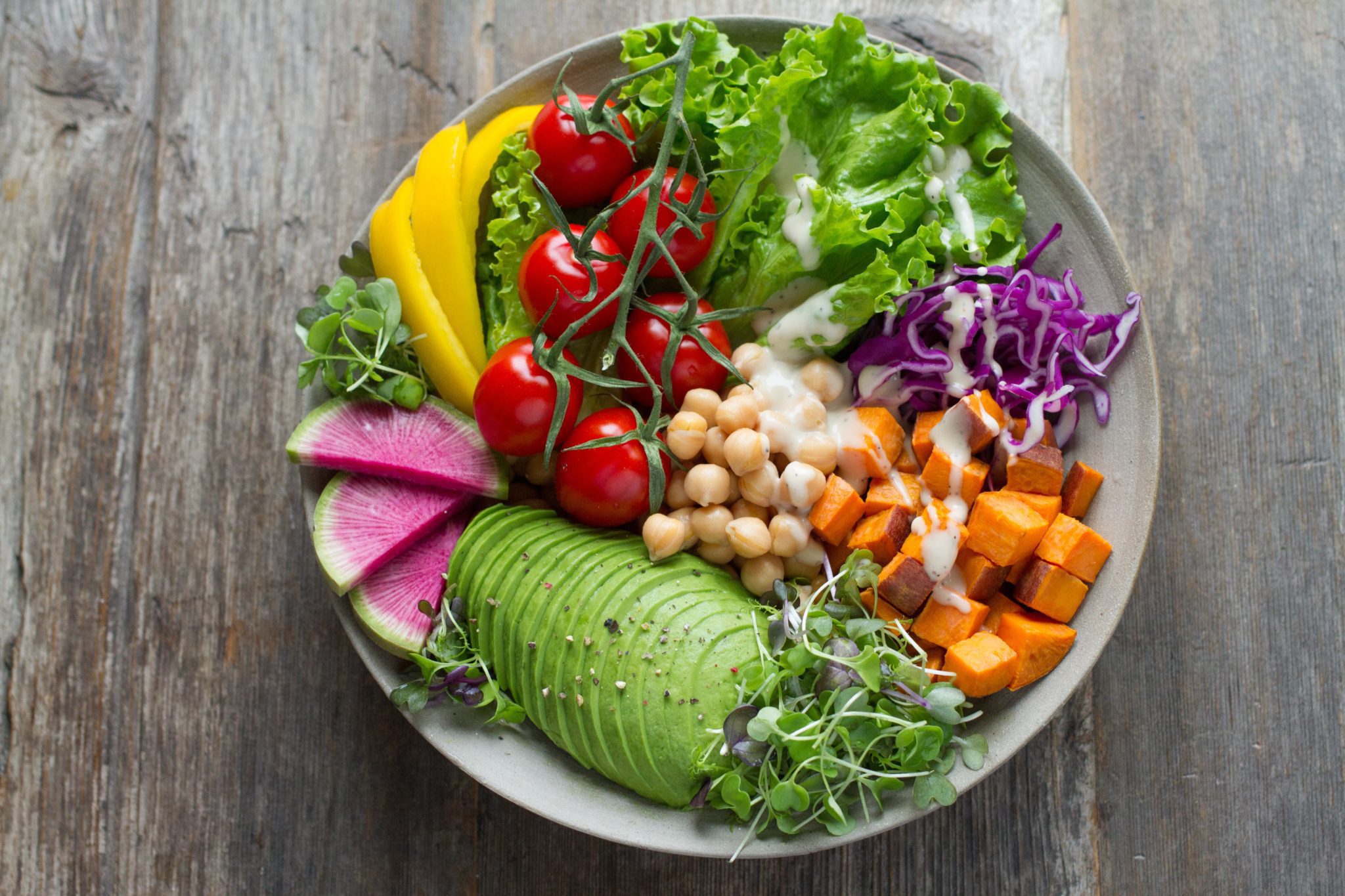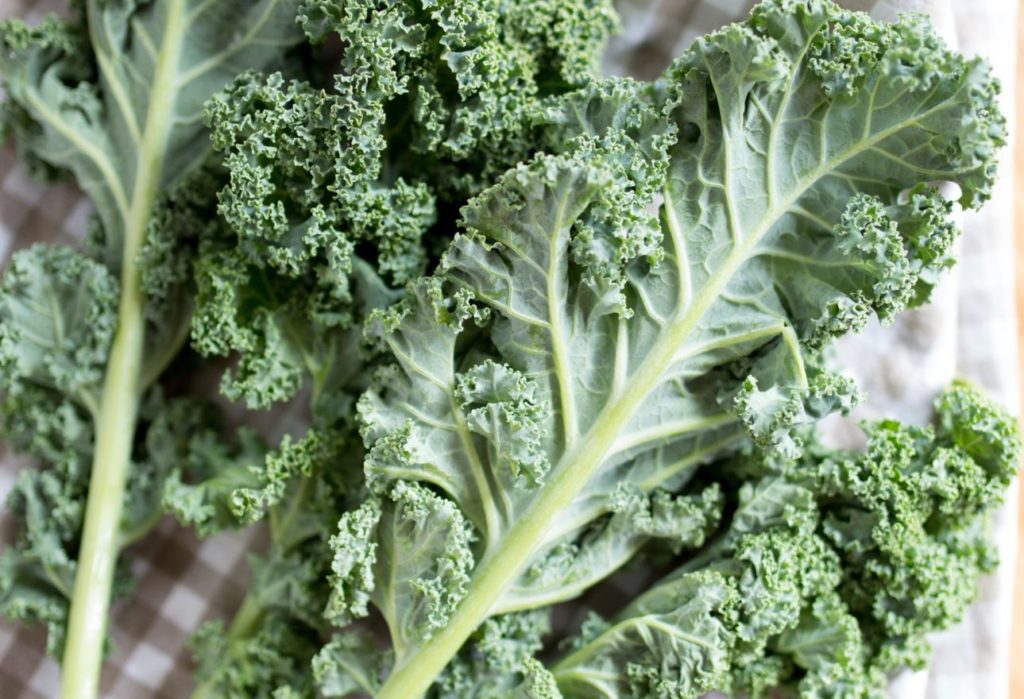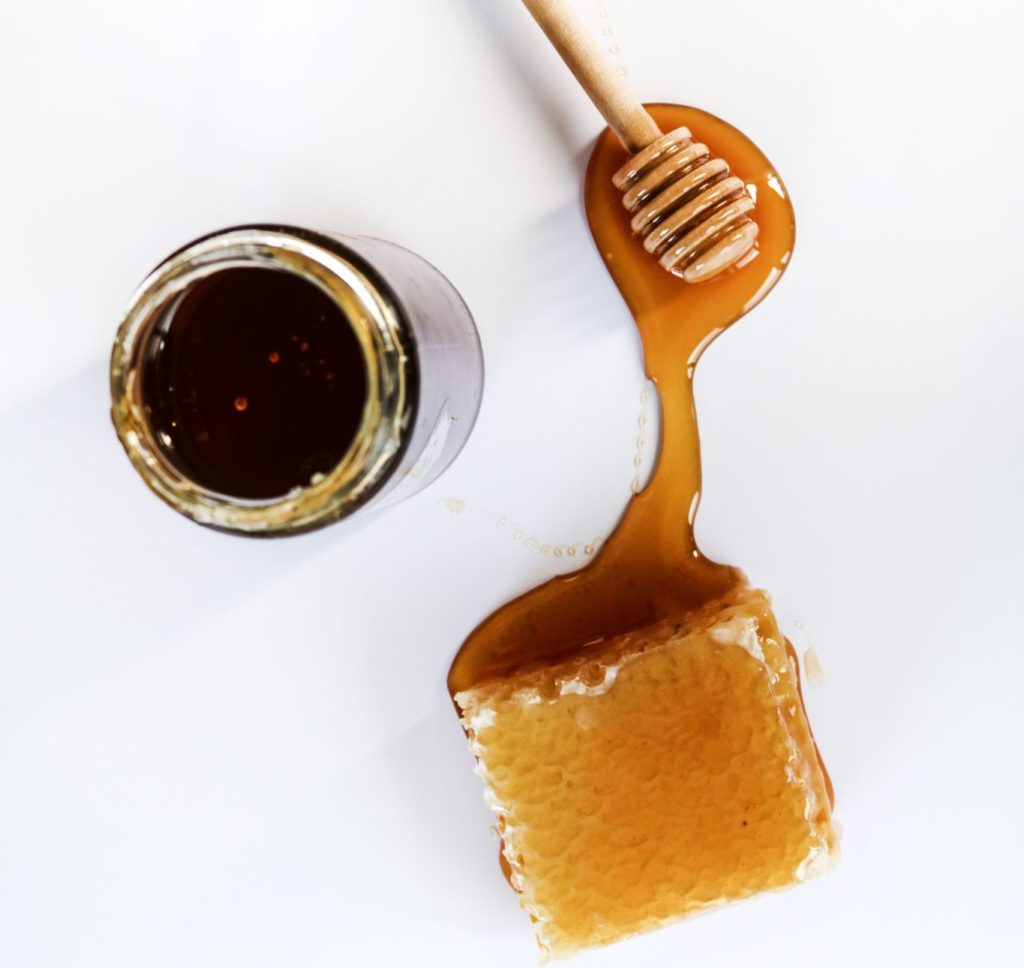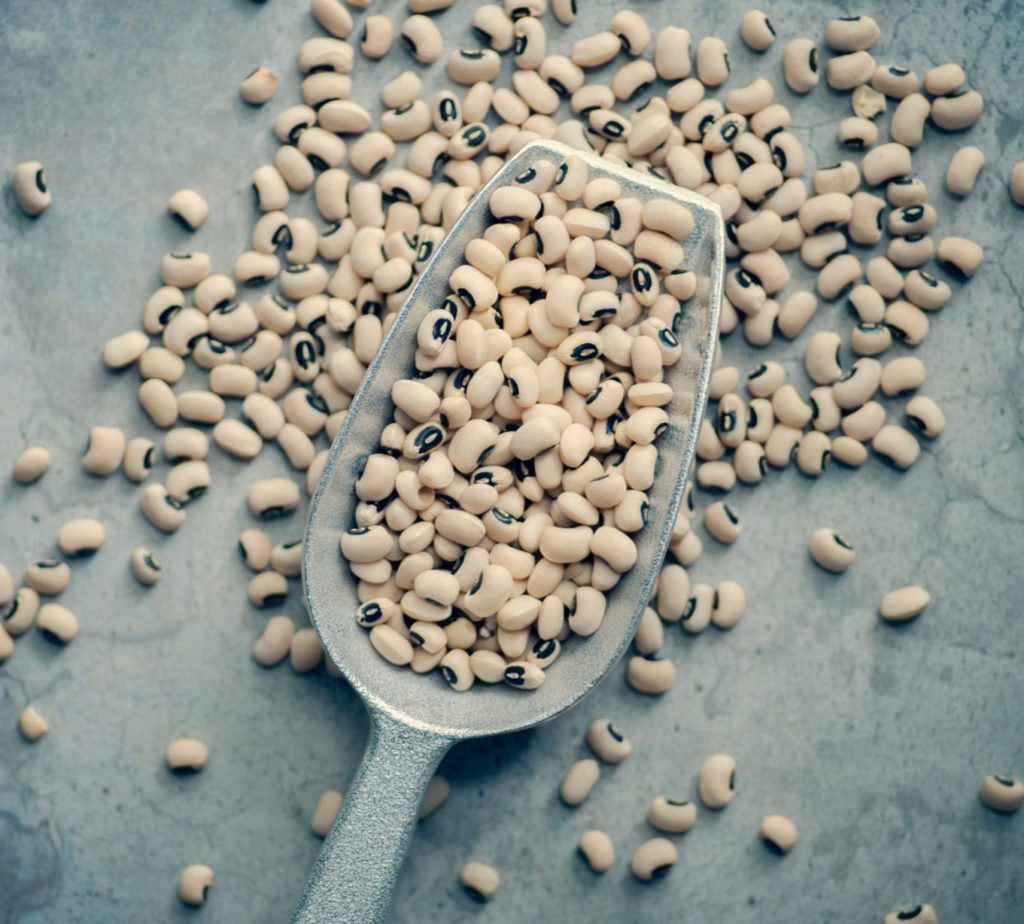5 Super Foods for Whole Body Healing
4 min read
There are some foods that standout as superfoods, that have a high concentration of particular nutrients. The food we eat is becomes a part of the very fiber of our being. In order to maintain proper health we need to find a balance that works for our individual needs. Without enough food, we cannot sustain ourselves, too much of it we begin to overburden our bodies and minds. But if you eat the wrong kinds of foods, it can wreak all kinds of havoc on the mind, body and spirit.
Kelp
Otherwise known as seaweed, kelp grows in shallow water and can reach as high as 250 feet(below water). You can find many varieties of kelp including wakame, arame, sea palm and kombu which is used in a great many japanese dishes. This nutrient dense, low fat food contains a natural fiber called alginate, which prevents fat absorption. It also contains vitamin K, A, calcium, iron, magnesium and is high in antioxidants.
The super part of this sea veggie is that it’s one of the best natural sources of iodine. When you don’t have enough iodine in your system, the thyroid gland cannot produce enough hormones. This can result in fatigue, weight-gain and a slowed metabolism. You’ll want to consider including this in your diet as it benefits include balancing of the hormones which can aid during and after pregnancy as well as help maintain the metabolism. Since our bodies do not produce this mineral, you should be mindful of the amount you intake. A couple of ways to add kelp to your dining table can be found here.

Kale
High in vitamins and antioxidants, Kale is among the must have superfoods. In fact, eating 1 cup of chopped kale delivers 200% of your daily dosage of vitamin A, 134% of Vitamin C and nearly 700% for vitamin K. In addition, it contains a wide range of antioxidants and minerals including potassium, copper and manganese. As with most leafy greens it’s high in fiber and good fat. Add this one to your diet by mixing it in to your soups or sauces. There are even kale chips in some select supermarkets. But if you are so inclined to make your own, here’s a quick an easy recipe from the organic farm, Goldenearthworm.com.

Beets
Beets have long been thought to detoxify the blood and to revitalize the liver. That is likely due to the substance betaine that is found in beets. Betaine is known to support liver function along with vitamins B9, A and C to assist in balancing the body’s level of certain amino acids that reduce the risk of heart disease. Studies have also shown that including beets in your diet can help lower blood pressure, which is likely the result of the inorganic nitrates contained in beets. They can be enjoyed raw, roasted or even pickled. In addition, you can use the leafy greens in a salad or stir fry for a double pack of super nutritional goodness.

Local Raw Honey
A classic in the world of superfoods, honey consumption has been known for it benefits for thousands of years. As a powerful antioxidant, raw honey can help protect the body’s cells from damaging free radicals. It is important to use raw honey because the high heat processing can cause honey to lose many of its nutritional benefits. When you use local honey, you get the added benefit of an anti-allergy boost. Honey can also be used to treat digestive issues as it is a great prebiotic.
It also has antiseptic properties as it contains a natural occurrence of hydrogen peroxide. When applying to minor wounds, there are 3 distinct beneficial actions. The hydrogen peroxide will disinfect the wound while the sugar draws away moisture, creating a drier environment so bacteria can’t survive and finally it acts as a bandage like seal once the honey dries. Keep in mind, some honey varieties are more effective than others for this use.

Beans/Legumes
Many different cultures across the globe have included beans in their meals for centuries. Often over looked, this high fiber super food has a great number of health benefits. They make a great meat substitute for vegetarians, as they are high in protein. In addition, beans and legumes have been shown to reduce both blood sugar levels and cholesterol. There is a wide variety of options to choose from that include peas, lentils, pinto, kidney, black and peanuts. Yes, peanuts are legumes and studies have shown that eating them can lower cholesterol level as well as the risk of heart disease and diabetes. If you want to dive a little deeper, you should check this Healthline article detailing the health benefits of beans and legumes.
These are just a few healthy options to choose from. High fiber is the common thread between all these foods. If you are looking to improve your overall health you should try incorporating some of these foods into your diet.




